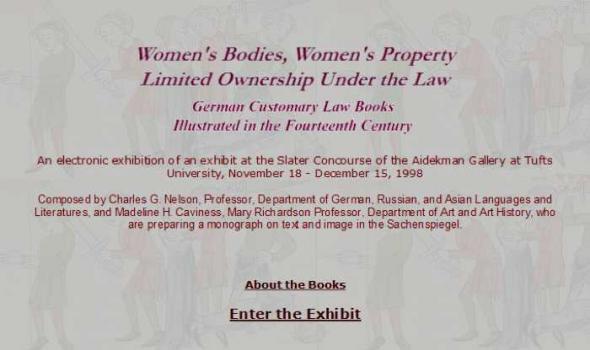Category: Social Sciences, Manuscript, U.S. National Library of Medicine, United States, Maryland
Results
Last updated: 14 January 2009 The Loss and Recovery of Greek Medicine in the West After the fall of the Roman Empire in the 5th century, most works of the Greek physicians were lost to Western Europe. In the 14th and 15th centuries, however, Western Europeans began to rediscover Greek scientific and medical texts. This was due in part to the discovery of Arab repositories of learning in Spain and elsewhere during the Crusades as well as the immigration to Italy of Byzantine scholars at the fall of Constantinople in 1453.
History of Medicine Robert Hooke (1635-1703) was a remarkably versatile man — artist, biologist, physicist, engineer, architect, inventor, and more. However, his crowning glory was Micrographia: or Some Physiological Descriptions of Minute Bodies made by Magnifying Glasses , first published 1665. It was a masterpiece — an exquisitely illustrated introduction to the previously unknown microscopic world. This exhibit focuses on Hooke's influences and legacy in print, the pioneering books that stimulated Hooke's research, and the works he left for others — most famously the great Dutch microscopist, Antoni van Leeuwenhœk (1632-1723). August 1 – November 1, 2007.
















